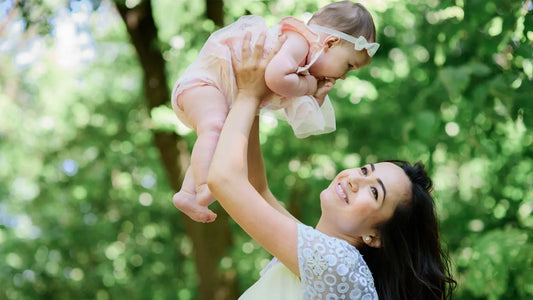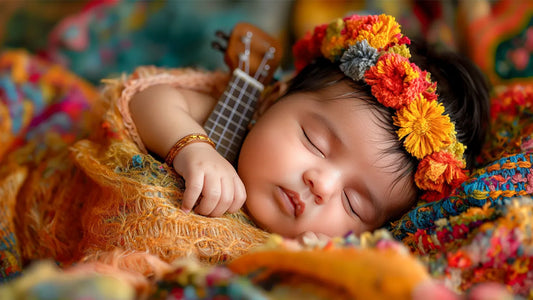Red cheeks in infants: what parents need to know
Are you looking for answers about your baby’s cheeks getting red overnight? Is it normal, or should you be concerned? This blog has answers to all your questions.
Introduction
Red cheeks can commonly appear in infants, and parents get confused about whether it is a cute blush or a cause of concern. They are usually not to be worried about, but various reasons can cause your baby’s cheeks to turn rosy, like teething temperature fluctuations and even skin conditions. It is better to have good knowledge about this condition to help you know when to relax and when to seek medical advice.
What are red cheeks in babies?
Red cheeks are a viral infection condition when the cheeks of the affected person become red and flushed. It is often called slapped cheek syndrome, fifth disease, or parvovirus B19. Even though this condition can affect anyone, it mostly affects children. It causes a bright red rash on the cheek for many different reasons in children. Usually, it is a mild infection, but you need to know when it is normal and when to worry about it. There can be many reasons for this condition in children.
Common causes for red cheeks in children
Many types of causes can develop rosy cheeks in babies. It can be natural, environmental, and even skin conditions that affect your baby’s cheeks. Here are all the causes of red cheeks:
Natural causes: Many natural causes can develop red cheeks in infants, including:
Environmental causes: Some ecological conditions play a significant role in causing red cheeks.
You should only use natural baby products and not apply any cosmetics to your baby at an early age. Our products are natural and safe for your baby so do check out those.
Skin conditions: Many skin conditions are related to red cheeks and infections; to happen, mostly they are likely to be one of these:
When should you be concerned?
Usually, fifth disease or red cheeks are considered normal, but if certain symptoms occur in the baby, you should not wait and consult a pediatric dermatologist immediately.
Here are the symptoms that you need to be careful of:
Treatments for red cheeks.
There are many different reasons for red cheeks, and the treatment is done based on it.
You can use our 100% natural, clinically tested baby body lotions and oils to moisturize your baby without any worries. Check out now for the best offers!
We do not advise you to take any step without specialist consultations from your pediatric dermatologist.
Home remedies to prevent red cheeks in babies.
You can do some easy remedies at home to prevent red cheeks, like:
We provide the best baby body lotions and oils that are natural and suit your baby. Pick the best for your baby. Check out Organic Dew today for the best baby.
We suggest you take proper consultation and do as advised by your dermatologists.
Conclusion
Red cheeks in babies are usually harmless and can be caused by various factors such as teething, crying, sun exposure, or even skin conditions. While most cases are temporary and resolved on their own, parents need to understand when to seek medical advice. Monitoring for signs like fever, rashes, or pale skin is essential. For common causes like dryness or mild irritation, home remedies like moisturizing, keeping the skin dry, and dressing the baby appropriately can help. Always consult a pediatric dermatologist if the redness persists or if you notice any concerning symptoms. Your baby's health and comfort are paramount, and taking precautions with gentle, natural products can help maintain their delicate skin.
Shop for the Best Baby Care Products
FAQs
Q1: What would cause my baby's cheeks to be red?
Ans: It can happen for many reasons, such as a fifth disease, teething, chapped skin, eczema, or an infection.
Q2: Are red cheeks an indication of poor health?
Ans: Persistent facial redness can be a sign of an underlying medical condition.
Q3: What are rosy cheeks a symptom of?
Ans: acne, rosacea, reactions to foods and medications, eczema, lupus, and sunburn.
Q4: What is the disease with red cheeks?
Ans: Fifth disease is a viral illness that causes a bright red rash on the cheeks.
Q5: Can teething cause red cheeks?
Ans: Yes, Flushed, red cheeks are a common teething symptom.




